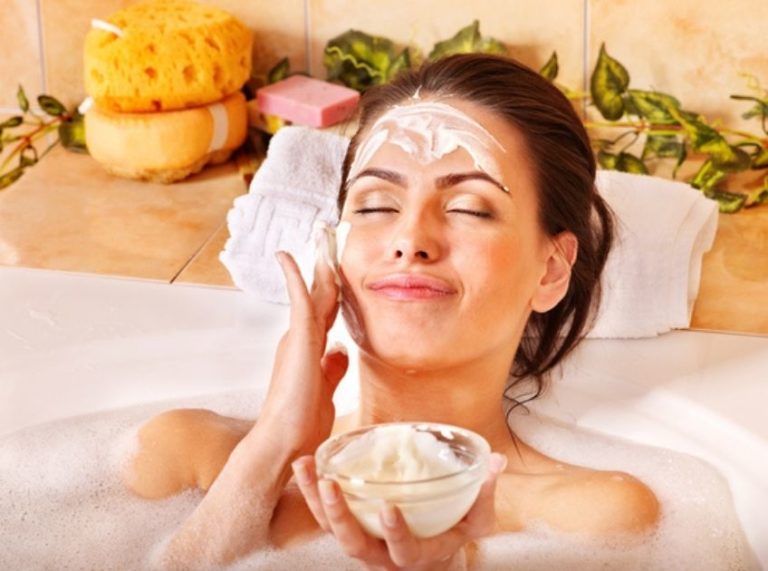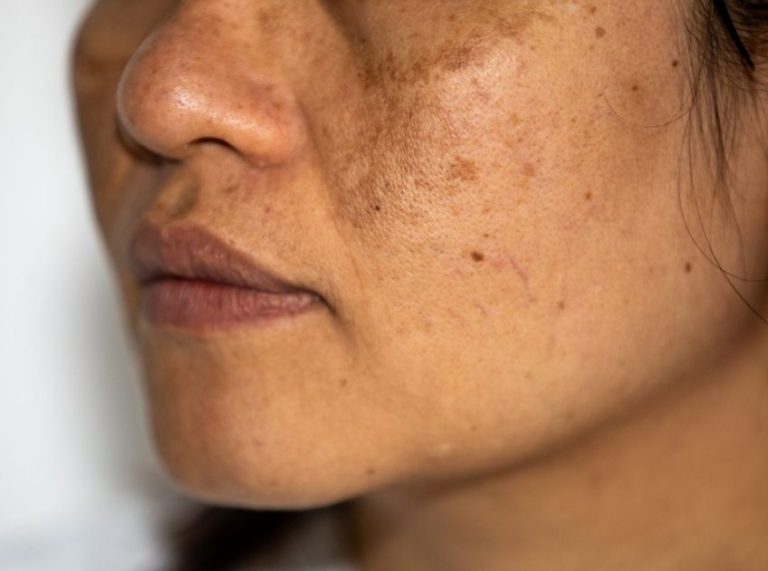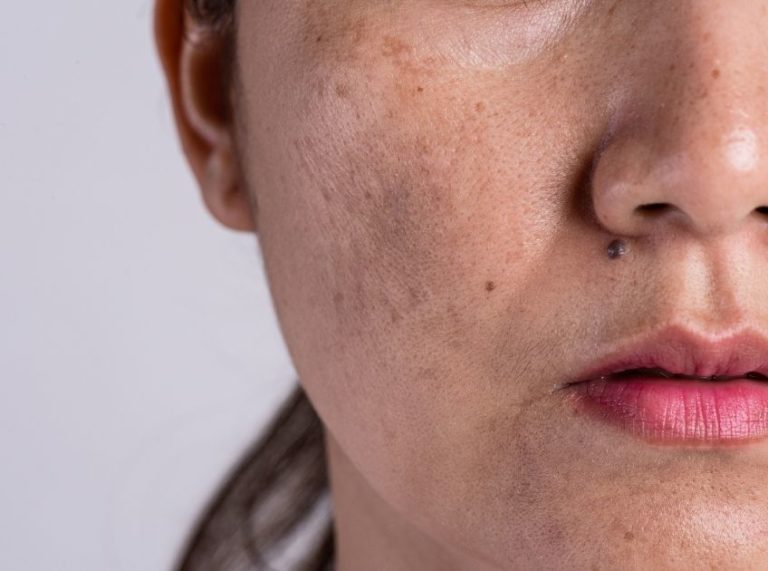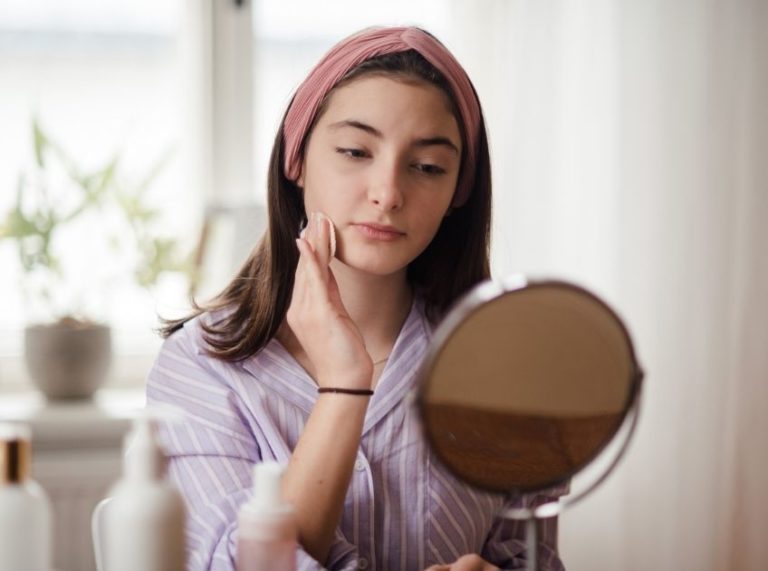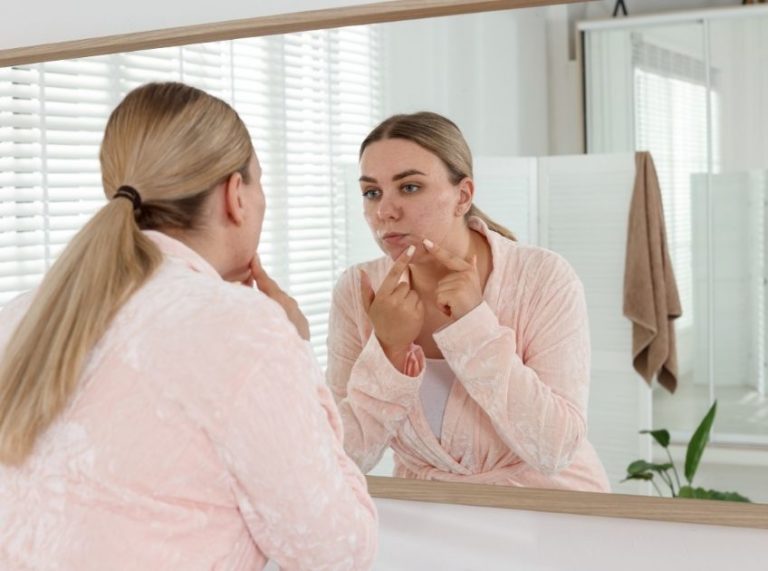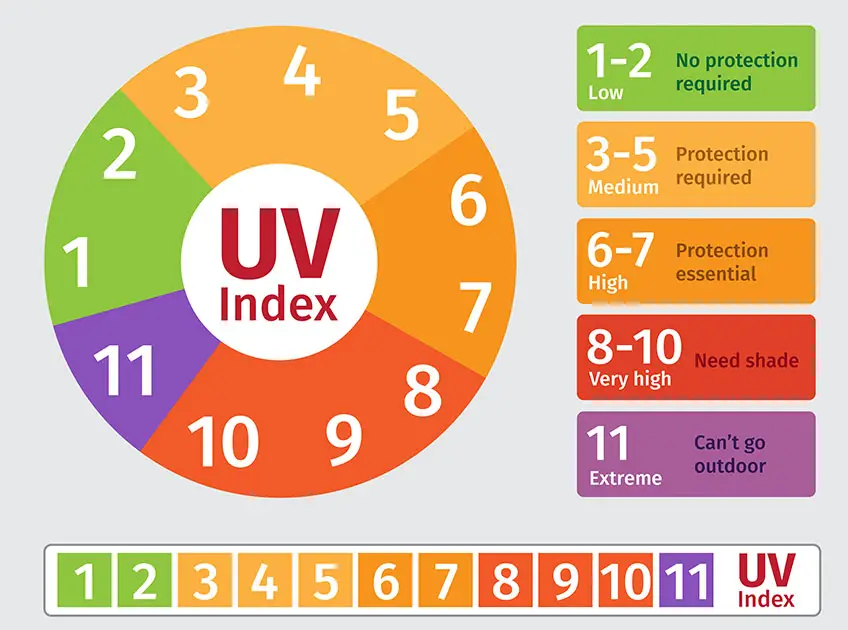
Important: This article is for informational purposes only. Please read our full disclaimer for more details.
UV Index tells a rating of how strong the UV rays are at any given time. When you expose the skin to the sun, UV rays penetrate the skin, turning it into a darker shade. Continuous exposure makes the skin even darker. However, it also makes skin prone to sunburn. Therefore, knowing about UV Index and what value is considered safe for tanning is essential. It will ensure that you get the best and safe tan. In general, the UV Index of the sun is lowest at night, when the sun has set. However, when it reaches its peak largely depends upon weather conditions and altitude. The best UV Index is when it is high enough to cause tan yet not so high to cause sunburn.
What Uv Index Is Best For Tanning?

The best range of UV Index for tanning is between 3 and 7. It depends upon your skin type, the altitude and weather of the place, and how much sun protection you are wearing on your skin. While a too low UV Index will not tan skin, too high will make it burn. Therefore understating the UV Index is essential to develop a beautiful and safe tan.
What Is UV Index?

UVI, or UV Index, is the measurement of how strong ultraviolet radiation is in a particular location. It is measured on a scale from 0 to 12, wherein 0 means no sun exposure and 12 indicates extremely high sun exposure. The intention of creating the index is the help people understand UV radiation so that they can protect themselves, especially when they are planning to be outdoors. If you plan to go out for tanning, knowing the UV Index of your area at a particular time will help. You can step out when the UV Index falls under the safe range for tanning. Make sure not to pick the time when UVI is too high.
UV Index are categorized into-
- UVI 0: Low; this is mostly at night.
- UVI 1-2: Low; this is also mostly at night
- UVI 3-5: Moderate
- UVI 6-7: High
- UVI 8-10: Very high
- UVI 11-12: Extremely high and dangerous
It is essential to learn about UV Index because you cannot judge it on your own by seeing the light intensity or feeling the heat on your skin. The heat is, in fact, the result of infrared light and not UV radiation. Understanding the UVI, and knowing how to check for it, is vital to keeping your skin protected, especially if you are planning on spending time in the sun!
What Is The Best Uv Index For Tanning?
Exposure to both UVA and UVB is essential to develop a tan. Both these radiations affect the skin differently. While UVA darkens the skin cells by increasing the melanin content, UVB increases the melanocytes- a component that increases pigment production. Once you know UVI, it becomes easy to pick the time and environment to step out for tanning. Also, it will ensure that your skin gets enough UV exposure to tan yet stay protected from sunburn. You should not forget that tanning is not a safe procedure. In fact, it damages the skin to some extent. However, you can lessen this damage further by choosing the right UVI.
Here are a few things that you should keep in mind
- Fair-skin people should not step out when the UVI is higher as it will cause their skin damage easily.
- If you live in high altitudes, stay away from higher UVI as they get stronger and more potent there.
- The best time to tan is when the UVI is lower. It ensures that the skin will only tan and not burn.
- If you attempt to bask in the sun in higher UVI, you may develop tan quicker, but the skin damage will also be great. Even though lower UVI will take more time to tan skin, it will not be harmful and damaging.
Do not forget that healthy skin is far better than sunburned skin.
Therefore, the best UV Index for tanning is considered between 3-7, which is between moderate to high. People with fairer skin should opt for this UVI for the best results. If you have developed a tan already and have better protection from the sun, then a higher UVI might be okay. No matter how long and under which UVI you plan to get a tan, wearing broad-spectrum sunscreen with SPF 15-30 is essential. It will provide protection to the skin from sunburn yet allow it to tan.
Final Words
Tanning is the result of skin coming under stress. Since it is not a safe practice, lessening the side effects is the only way to reduce skin damage. So, before you plan to expose your skin to UV rays, check the UV Index of your area. Open the weather app on your smart phone and check the UVI value. It will give you a fair idea about the time you should go out to get the sun-kissed glow.
You Might Also Like
- What UV Index Is Good For Tanning
- Can You Still Get A Tan from Clouds?
- Can You Get A Tan Through A Window?
- How To Use A Tanning Bed Safely
- Does Baby Oil Help You Tan?
- 7 Best Home Remedies To Remove Tan
- How to Remove Tan from Skin Using Lemon Juice?

